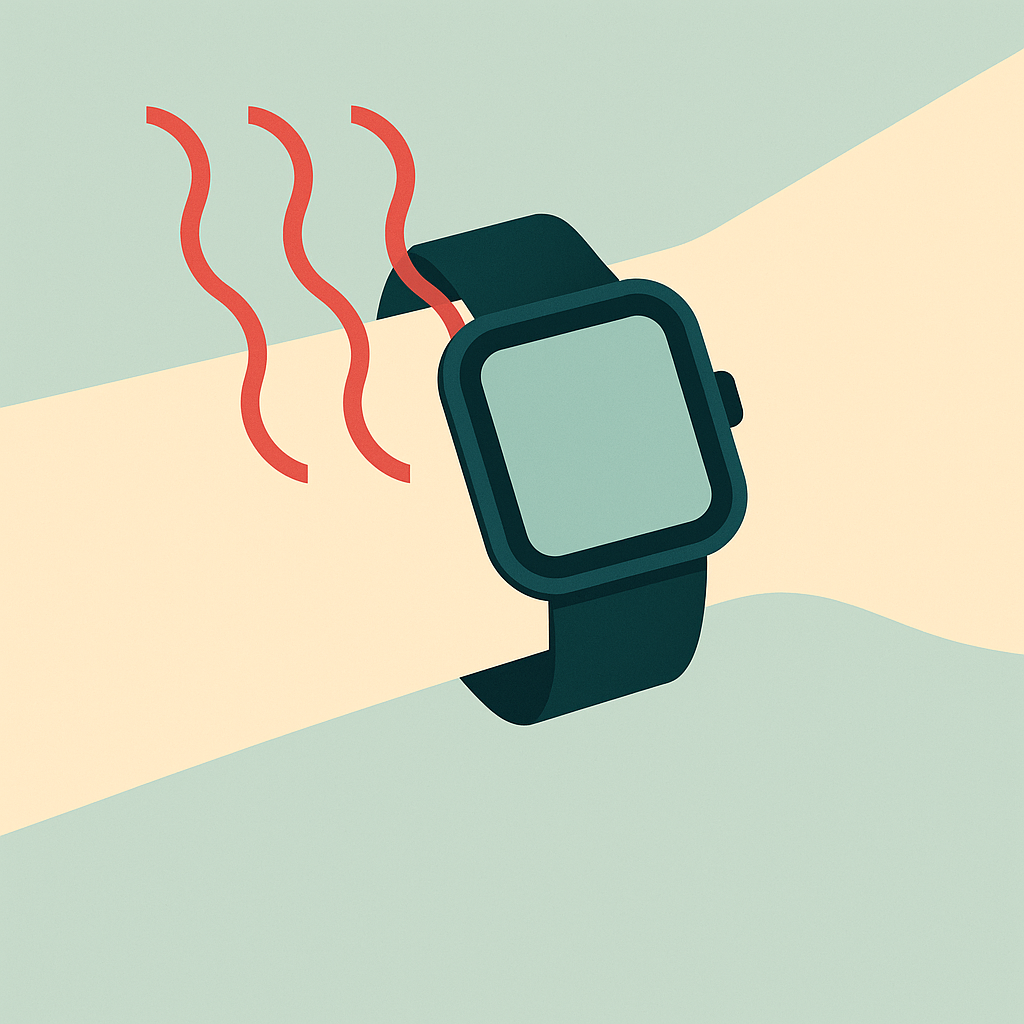
High Granularity Wear Detection Using PPG on Hyfe’s CoughWatch
Summary
PPG-based algorithm achieves 98.93% accuracy in detecting device wear status with negligible battery impact, eliminating the critical problem of misclassifying patient stillness as non-compliance in continuous monitoring applications.
Hyfe has developed and validated a lightweight, photoplethysmography (PPG)-based algorithm that accurately detects whether its CoughWatch smartwatch is being worn. This algorythm does not rely on accelerometer data. Traditional accelerometer-based methods misclassify stillness (e.g., resting subjects) as non-wear and require long detection windows.
The new algorithm activates the PPG sensor for just 20 seconds every 5 minutes, analyzes reflection data using a simple decision-tree model, and classifies wear status in real time. Trained on ca. 100 person-hours and validated across +2,700 hours of human-logged data, the model achieved 98.93% accuracy, with only 0.55% false negatives and 2.06% false positives. Battery impact is minimal, averaging 24.2% drain per 24 hours, consistent with baseline device performance.
This innovation enables high-frequency, low-burden, and precise detection of device adherence, strengthening data integrity in continuous physiological and behavioral monitoring, critical for clinical trials and longitudinal studies.
Request access to the full paper below:

